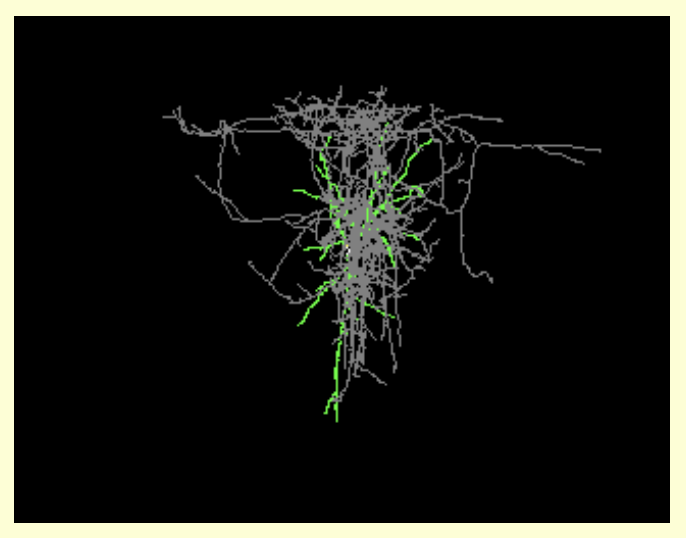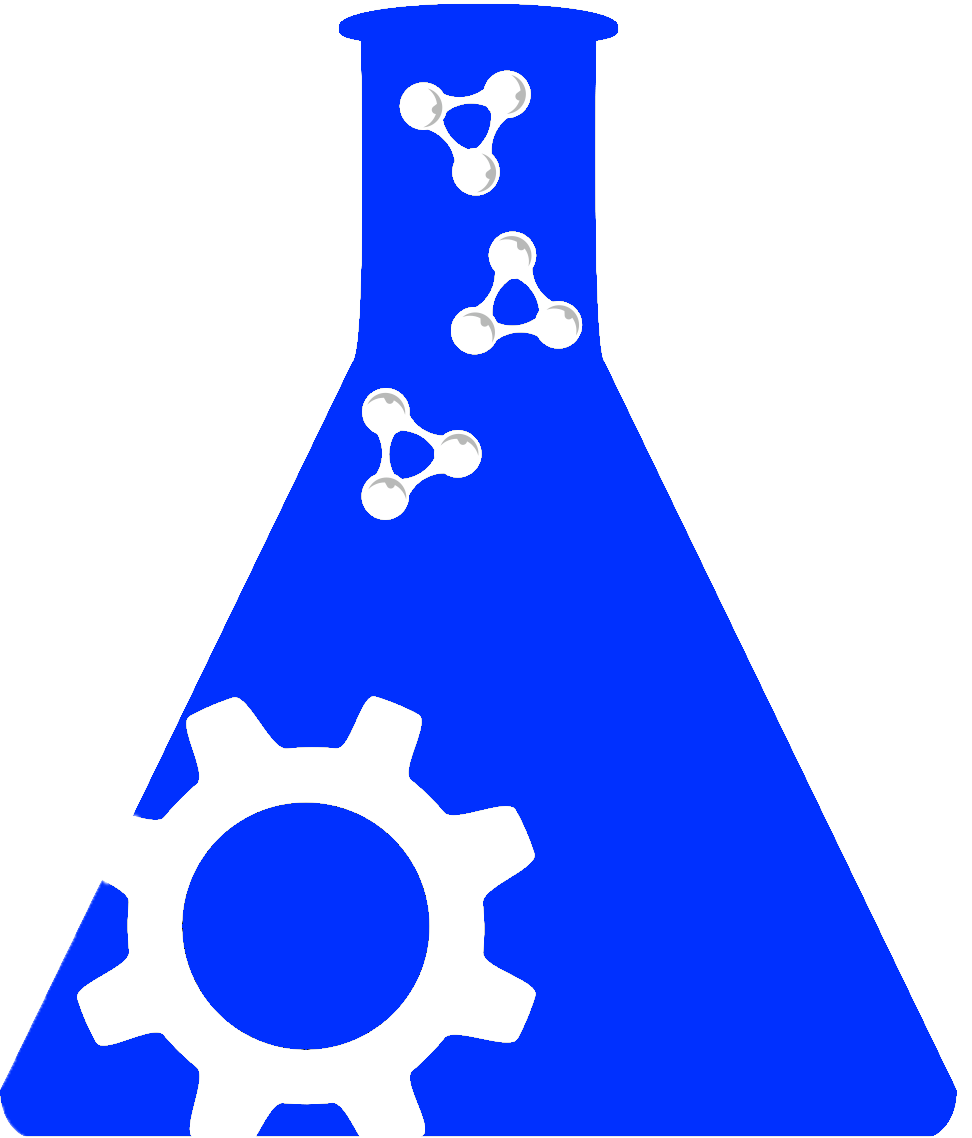URL: http://wwwmgs.bionet.nsc.ru/mgs/systems/selex/
Proper Citation: SELEX DB (RRID:SCR_007921)
Description: A database for the accumulation of experimental data on selected affinity-enriched sequences from different combinatorial libraries. During the last ten years, the novel technologies have been designed for identification of high affinity DNA and RNA sequences (ligands) to a wide variety of different targets, including nucleic acid binding proteins, peptides, and small organic molecules. Among these technologies are the following: SELEX (Systematic Evolution of Ligands by Exponential enrichment), SAAB (Selected And Amplified Binding site imprint assay), REPSA (Restriction Endonuclease Protection Selection and Amplification), CASTing (Cyclical Amplification and Selection of Targets) and other binding site selection procedures. In general, genetic analysis in vitro of the structural and functional properties of many nucleic acids was enhanced by the availability of methods for the amplification of nucleic acid sequences. Given current advance in sequencing whole genomes, combinatorial methods will be important in the next generation of studies, thus making the bridge between raw sequence data and actual biological processes. At present, enormous starting libraries are used in different SELEX processes and contain up to 1014?1015 sequences. Naturally, this information needs to be collected into public databases available via the Internet. The site sequences listed within the SELEX_DB may be used as independent control data in developing both novel methods for functional site recognition within gene sequences and recognition under concrete experimental conditions documented in the database. Additionally, information on functional site sequences and experimental conditions for their determination is useful for planning novel experiments applying SELEX technology.
Abbreviations: SELEX_DB
Resource Type: database, data or information resource
Expand Allhas parent organization |
Siberian Branch of the Russian Academy of Sciences; Novosibirsk; Russia |
We found {{ ctrl2.mentions.total_count }} mentions in open access literature.
We have not found any literature mentions for this resource.
We are searching literature mentions for this resource.
Most recent articles:
{{ mention._source.dc.creators[0].familyName }} {{ mention._source.dc.creators[0].initials }}, et al. ({{ mention._source.dc.publicationYear }}) {{ mention._source.dc.title }} {{ mention._source.dc.publishers[0].name }}, {{ mention._source.dc.publishers[0].volume }}({{ mention._source.dc.publishers[0].issue }}), {{ mention._source.dc.publishers[0].pagination }}. (PMID:{{ mention._id.replace('PMID:', '') }})
A list of researchers who have used the resource and an author search tool
Find mentions based on location

{{ ctrl2.mentions.errors.location }}
A list of researchers who have used the resource and an author search tool. This is available for resources that have literature mentions.
No rating or validation information has been found for SELEX DB.
No alerts have been found for SELEX DB.
Source: SciCrunch Registry





